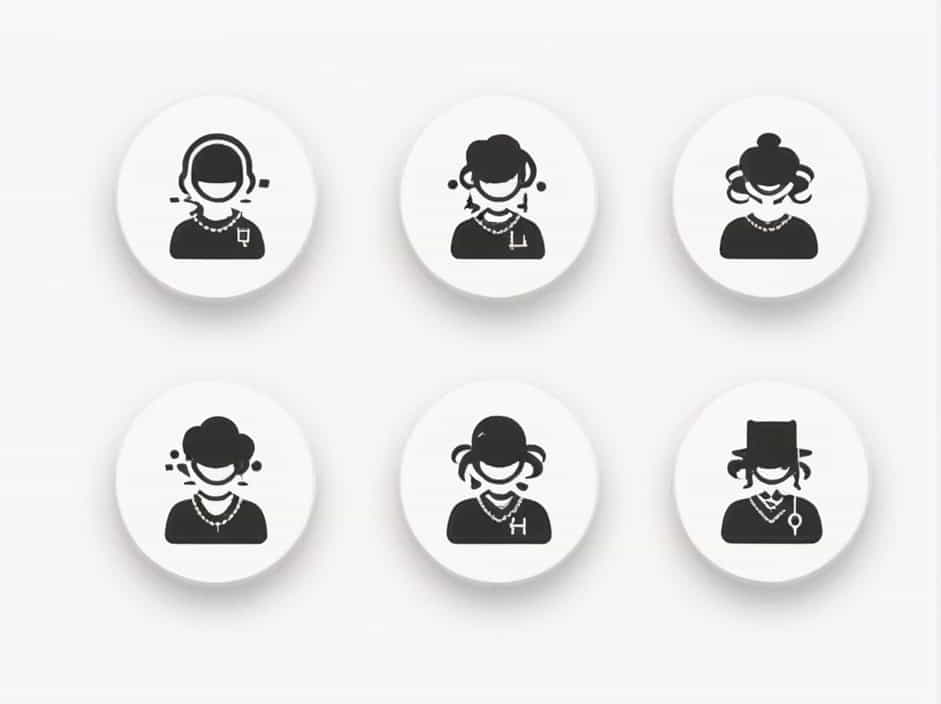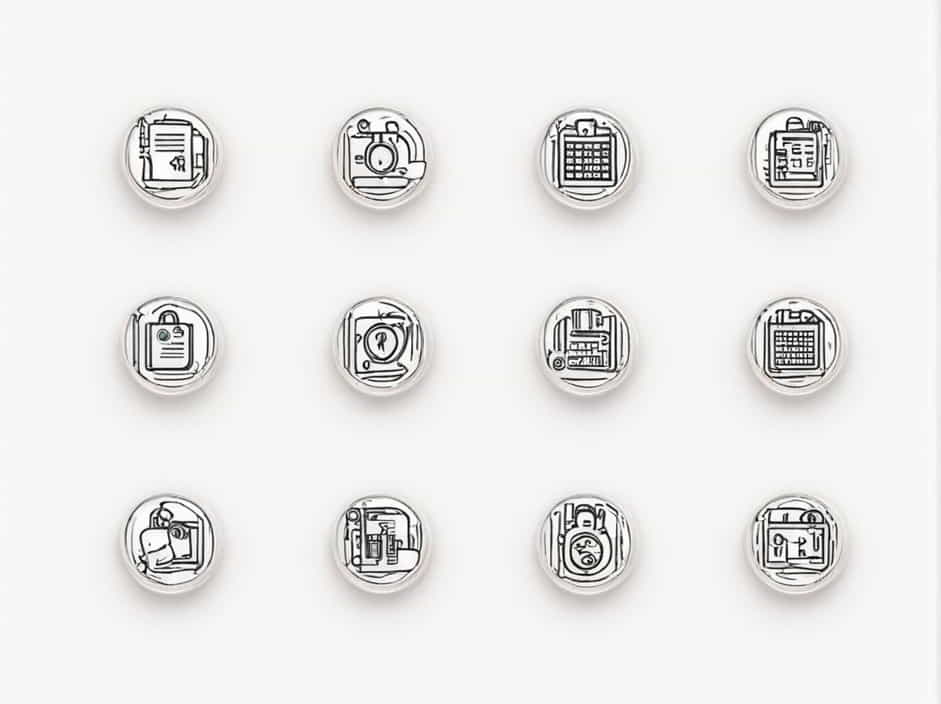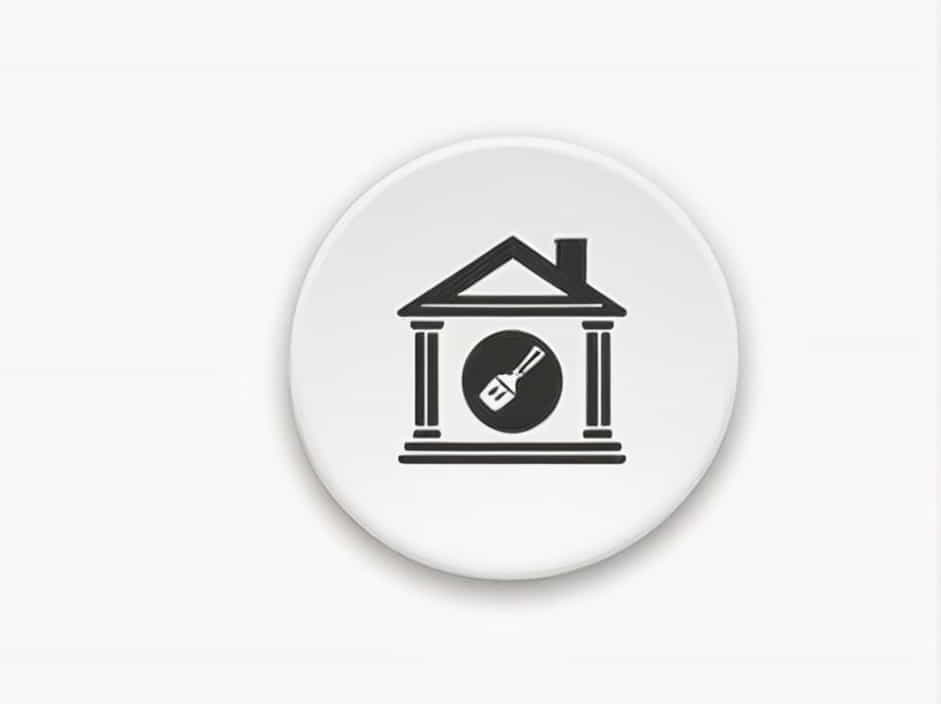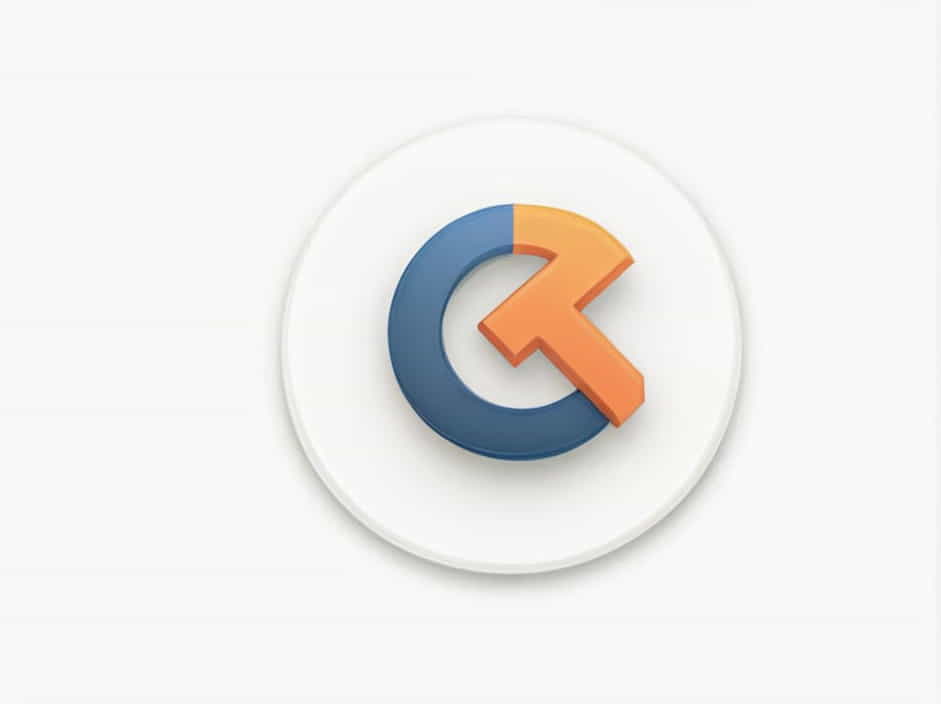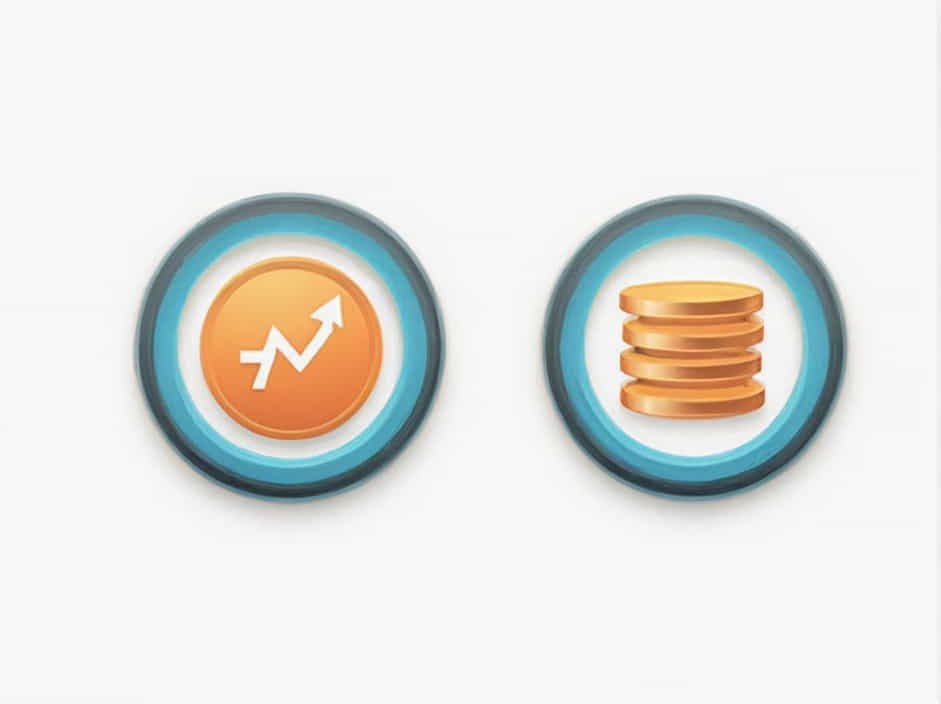What Is The Gender Pay Gap
The gender pay gap is a persistent issue in many countries, highlighting the difference in earnings between men and women. Despite advancements in gender equality, women continue to earn less than men on average, even when working in similar roles and industries. This topic explores what the gender pay gap is, its causes, effects, and … Read more
